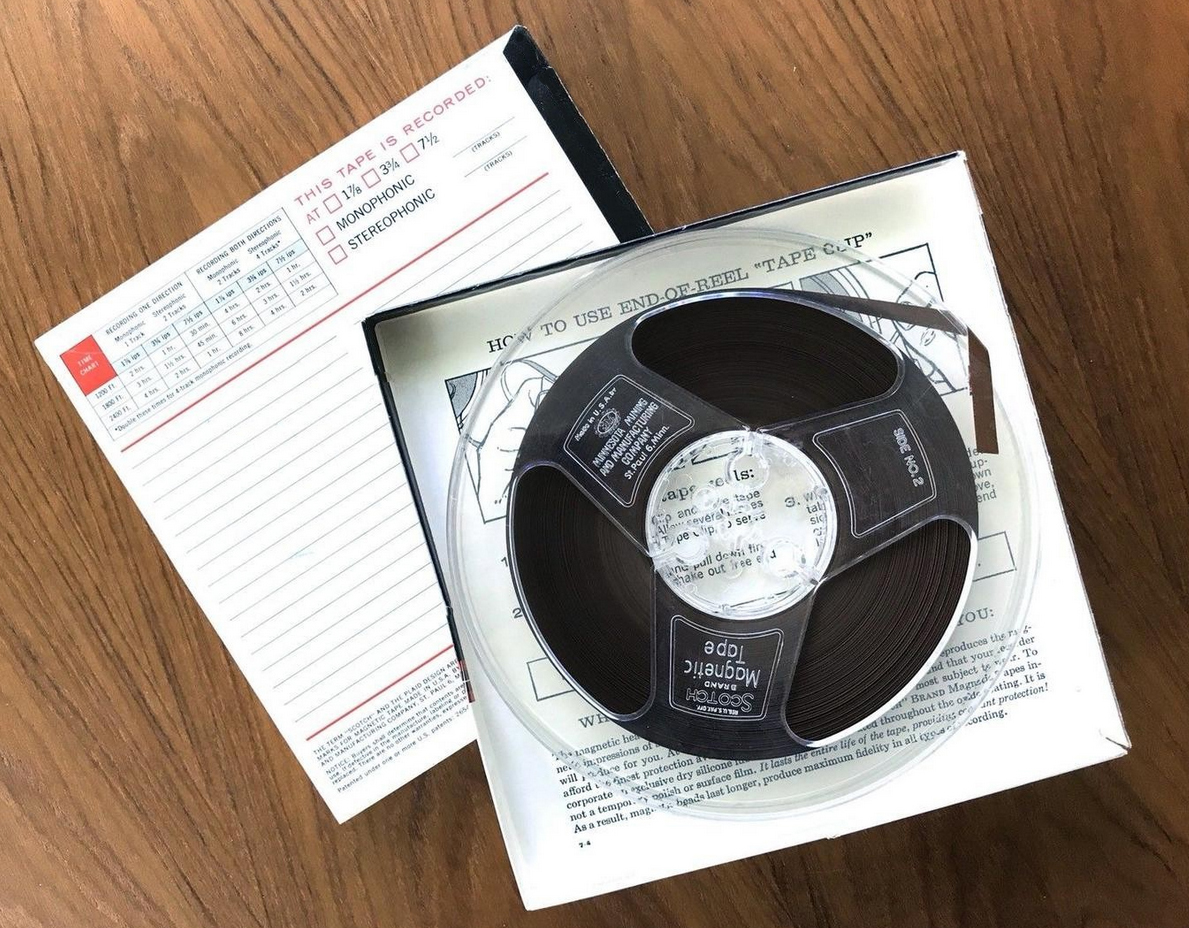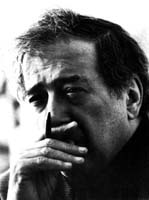
by Victoria Lucas
We both were into journalism, for awhile.
Last month I wrote about John F. Kennedy's brief tour as a journalist and how I feel that affected his politics, his style, and his treatment of other people. I hinted at my own foray into journalism and explained how there were a couple of things that connected me to him, in a small way. The first was that photograph taken of me with him autographing a program in 1958 that began the column. The second was the fact that we both had a fling with journalism, which is the subject of this column. And what it was like to be a girl in a man's world.
Getting started on my short career in journalism
Kennedy's father helped Kennedy get his start in journalism, but then he steered him into politics. By the same token, at first my dad supported my ambitions in journalism, encouraging me to write a column for a TV guide he published for Tucson, Arizona, called Scan Magazine.

By then I had already started to write for my high-school newspaper, beginning with my sophomore year in 1955, so my dad knew I liked to write. My column for Scan was called “Scanteen,” and I found interviews exciting. Perhaps you can see from the page reproduced below that I thought that, as a teenager (15 in late 1956), I had to be breathless about everything. Because my dad and I shared a love of Pogo, the cartoon character, and his pals, I called myself “Miz Hepzibah.” (In a probably copyright-busting move — what did I know?)

My career as a columnist was, however, cut short both by my parents’ divorce, limiting my contact with my dad, and by his ceasing to publish the guide. I took up publishing a church newsletter, which I did almost singlehandedly, drawing and typing on mimeograph stencils, running the machine, stapling the product, and then distributing it. I stopped work on The Epistle when I threw myself into my job as a reporter for my high-school paper, making my schooldays into 12-hour affairs.

Tucson High had moved to a 12-hour schedule to accommodate the fact that we were now four different high schools. Three new schools were under construction to take the pressure off our single public high school with a combined graduating class of 1,000. Rincon might be in the morning, Catalina midday, and Pueblo in the afternoon, with Tucson High continuing students–well, it was complicated. News, of course, happened all day, and I needed to be there for all of it.
So my mother dropped me off on her way to work in the morning, and picked me up after her work ended at night. Sometimes she worked overtime, and I’d wait at school, often in the Chronicle office, until she called to let me know she was on her way. (I answered the telephone anyway.) Dick Wisdom, who took the photo of Kennedy autographing my program featured in my last column, called me “loco luki” because, I suppose, I talked fast and was always rushing around. (Despite my frenzied activities, I had few friends and only one date in my entire time at high-school.)
The newspaper office became my substitute home, away from the storms of divorce and accompanying emotions and my own court date. I would always rather have been in the newspaper office than at home in those days. Hence my inept drawing of the office on an album page for a forlorn Christmas, with its file cabinet and a fictional mantelpiece with stocking and mouse, but without some photo that has since come loose and been lost.
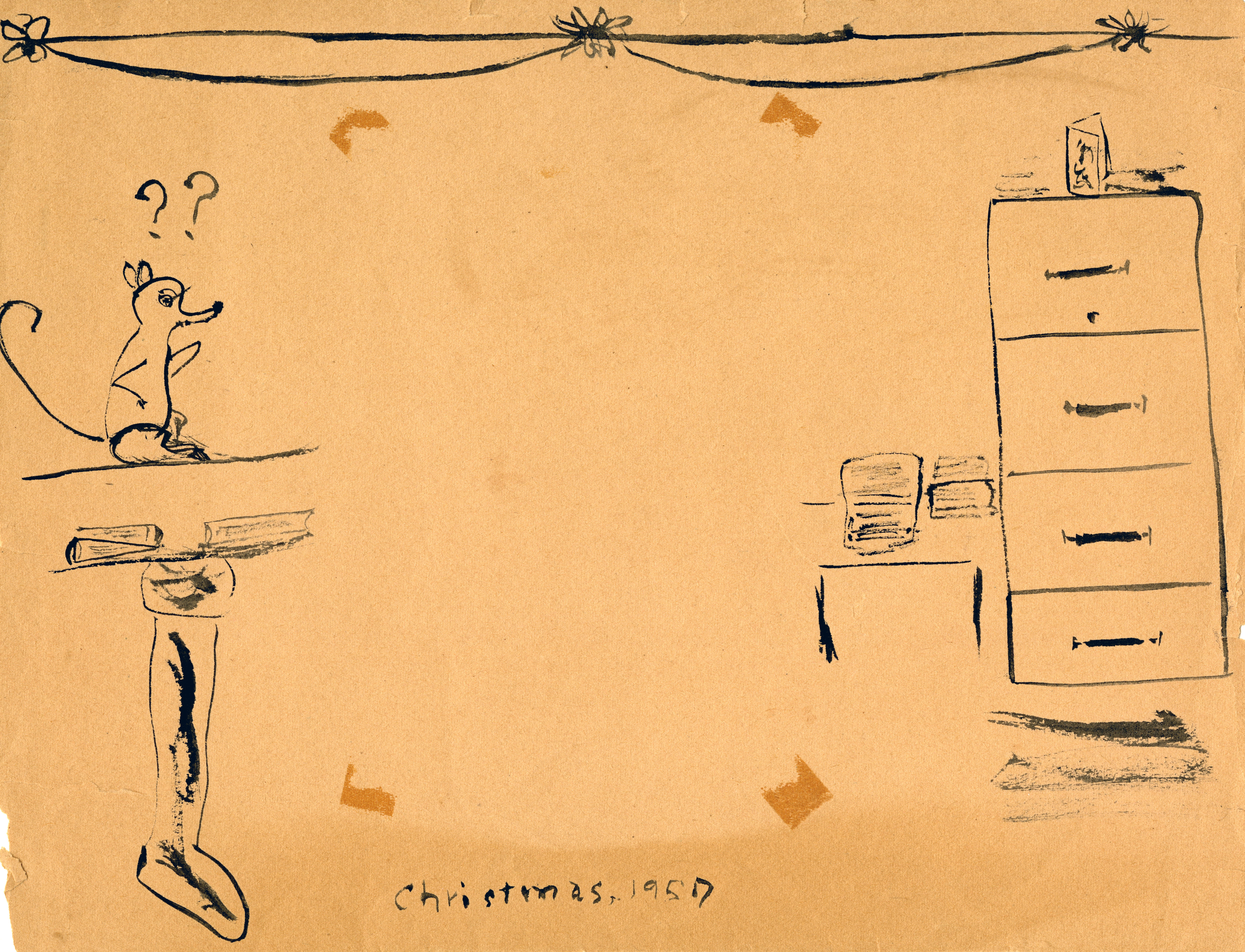
Meanwhile, in the summers of 1956 and 1957 I became a “student reporter” at the downtown evening newspaper. This meant that I followed a reporter on his (note the gender) beat, then wrote the same story he did, and then had the story edited by the reporter and the assistant publisher (the publisher’s son) Bill Small, Jr. If my stories were good enough, they were published. This unpaid “job” came about because I participated in my high school newspaper staff’s overnight work in May of 1956 at the Arizona Daily Star, during which we “put the newspaper to bed” (released the pages to the printing presses).

Stepping up the beat
The first reporter I followed was John Riddick, as I remember, on the federal beat. We walked to the federal courthouse from the downtown building on Stone Avenue that the Citizen shared with the Star, with the linotype machines on the top floor, the papers’ newsrooms on two different floors, and the presses in the basement. We covered law enforcement, courts, and anything else the federal government did. I can’t remember a single story I wrote.

The next summer was more memorable. I had already noticed Fritz Kessinger, whom I would follow in the summer of 1957, in the newsroom, because one day he had come storming in with a bloody nose and headed for a restroom. When I asked another reporter what had happened, he laughed and said something like, “Oh, he just put his nose in where someone else thought it didn’t belong.” It was from Fritz that I would learn what life as a reporter in a middle-sized American town would be like, and from Fritz that I learned to write stories that were actually published.
In the fall in between we students had a newspaper page of our own, the “School News” page, and this continued until we high schoolers had our own section. On the page below Fritz and I stand on either side of a student as he points out something in a story she is typing, and I have a byline on a story that won a contest, with a piece about the story beside it.

For those of you who have never spent time in a newsroom, that same page would have looked like the image below before photos and ads were placed and a slug added under “School News” to give the date and page number. Each story was typed on 8-1/2 x 5-1/2" pieces of newsprint and, once given a pass by an editor, sent to the linotypists, returning as a galley that was then further edited for placement on the page. Its last trip was being sent back to the linotype floor for corrections. Headlines were written and typecast separately. The stories were mocked up like this on the page so we editors could see the final result before the photos and an ad at bottom right were placed. After we and our staff supervisor were satisfied, the completed page in linotyped lead was sent for placement of the metal-clad wood blocks representing photos and ads, and thence to the presses. Note that one ad at the bottom. It was probably a desire for more ad space and the realization that a baby boom was supplying teenaged consumers that drove the next stage of my career in journalism.

A section of our own
By the spring of 1958, the last semester of my senior year, the Citizen had blown the “School News” up into the “Teen Citizen,” a full section of the newspaper. This meant not just putting together a story or two for a Saturday morning to spend in the newsroom but spending much of each week gathering news for an entire Saturday of editing, blocking, and bringing in negatives to fill what eventually became 8 half-size pages of print, photographs, and ads. With my continuing work on the school newspaper, my life was entirely taken up with journalism and schoolwork. (Fortunately work on the school newspaper gave me academic credit in English.)

During that time of intense journalistic activity I had a chance to go into the “women’s” department and talk with the woman who was the editor of that page. Her story did not encourage me. Every day was a well-trodden path of weddings, births, ads for women’s products, engagements, fashion, and any other topics considered worthy of a woman’s attention (but not a man’s–the sports and editorial pages were elsewhere). This editor was bored and unenthusiastic. She still tried to get stories for the other pages of the newspaper, but she was not assigned anything but “women’s” stories and had to beg from men. Inevitably they gave her the stories they didn’t want–ones that required a lot of time and driving, say, to Davis-Monthan Air Base, around 10 miles from downtown, for a story that probably was worth a couple of column inches at most. She couldn’t get a byline, couldn’t get any attention for her work no matter how good it was. She was stuck on the “women’s page.”
There had been only one other woman in the Citizen newsroom (not the women's department), even though all of us school editors were women. Micheline Keating was a drama critic and could swear with the best of them. "Mike," as she was called, was something of a "tomboy," with a "page-boy" haircut and a no-nonsense attitude. She was one of the boys. I didn't find Mike to be a good role model for me, because I valued my femininity.
By the time I was a sophomore in college Fritz was gone from the Citizen, having moved his wife and kids to DC, to take part in the feeding frenzy that is the start of any new administration, when the largesse of federal jobs whose previous holders have resigned becomes available to people with different politics. I had had time, though, to absorb Fritz’s cynicism about county government and small-time journalism, and to listen to his story that one day he was sitting at his typewriter pounding out a story when he thought to himself, "Wait, I've already written this one!" But after some checking he discovered he hadn't. It was just that he had written a hundred stories like it and they had all begun to blend together.
Abandoning journalism
I graduated in the spring of 1958 and immediately went to work for the University of Arizona (U of A), because otherwise I had practically no money for college. Starting there as a freshman in the fall, naturally I signed up for a journalism course.
And immediately hit a snag in my career. All newsrooms have style guides, just like publishers and academic institutions. I don't remember which one the Citizen used, but the U of A used the Yale University one. When I asked about it, I think I was told it was a better standard. But . . . but I had just spent the better part of two years working at a downtown newspaper, a real newspaper, as a student reporter and then school editor helping to put out an entire newspaper section. And now I found myself in a situation where there was no cooperation, no affiliation between it and the university in the same town? Where all my training would be lost and disregarded, and I would have to begin all over again?

Apparently that was the case. I was back to writing stories for a school newspaper, meaning that I was writing the same high-school stories over and over again–proms, parades, student union doings, football games and … I felt as if I was going backward, not forward, by taking journalism courses at the U of A. As an editor I had written "heads" (headlines), stories, doled out bylines, assigned photographers and reporters to stories, laying out the pages as they came from the ad department and proofing the galleys. (Once I even took a correction all the way up to the typists in the linotype shop on the top floor of the building–hot, sweaty, noisy, one of the worst jobs in the world.)
And now I was reduced to writing about the next freshman prom or faculty promotion. I threw in the towel. I wanted a college education but not one that I had just gotten–more thoroughly–as a high-school student. It was as though the dirty, sweaty, shoe-leather-grinding business of working on a real grown-up newspaper had to be somehow glorified and academicized, invalidating all I had learned about writing and about life.
And, yes, it had something to do with being a woman. Newsrooms are male turf, with most women relegated to “Women’s Pages.” If the women’s department was all I had to look forward to after writing the same stories over and over for four years, well …
I decided to go back to my childhood plan of becoming a teacher. So my career in journalism ended with my sophomore year in college, at about age 18. I took no more courses and sought no more jobs at newspapers.
Theatre now, that might be interesting, but nothing I could make a living at … At least I didn’t go into politics.

My role in “Jack” was production supervisor


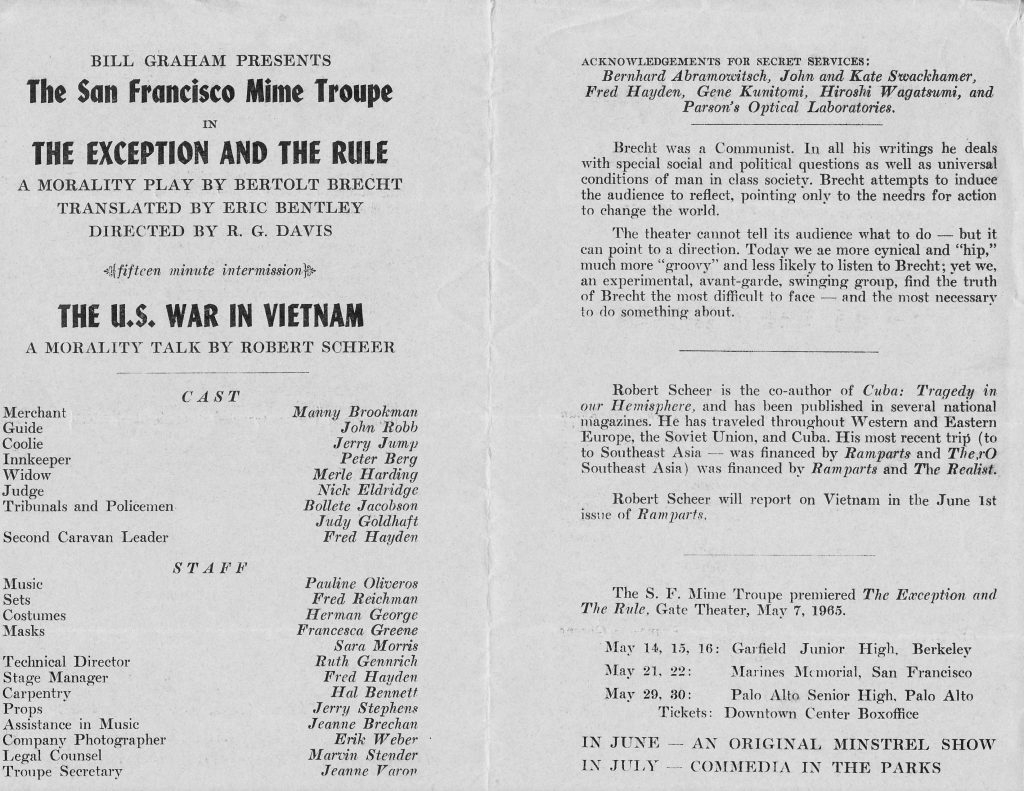




![[June 4, 1965] Below the Ramparts](http://galacticjourney.org/wordpress/wp-content/uploads/2020/06/650604mag-672x372.jpg)

![[February 14, 1965] How I Found Love in the Vorpal Gallery (A Valentine for M. C. Escher)](http://galacticjourney.org/wordpress/wp-content/uploads/2020/02/Eschers_Relativity.jpg)
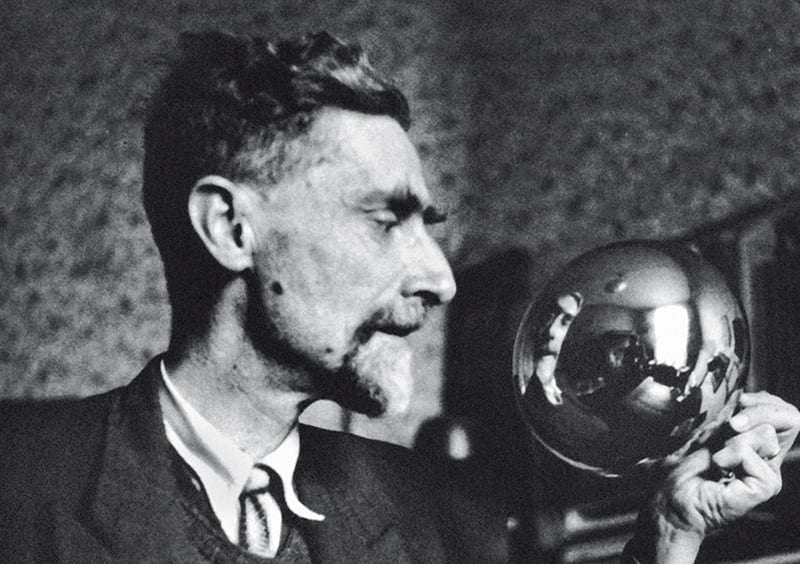


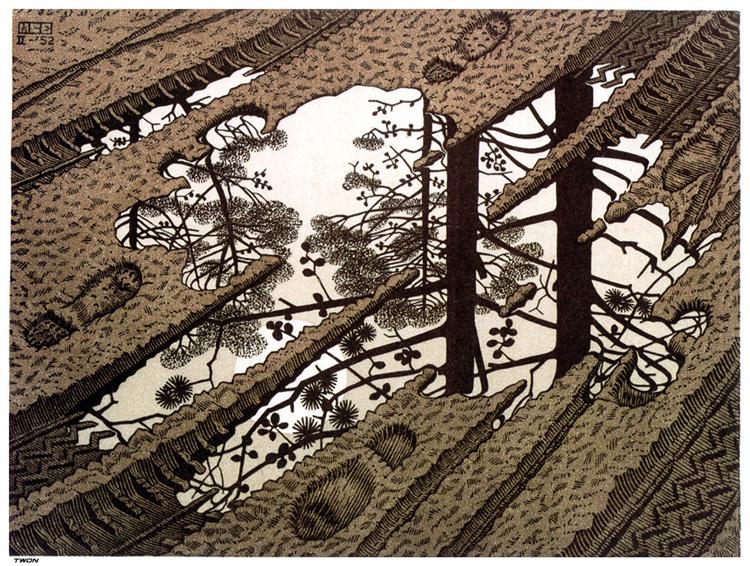
![[December 17, 1964] San Francisco as Cultural Epicenter (Woman in the Dunes, etc.)](http://galacticjourney.org/wordpress/wp-content/uploads/2019/12/womanlying-672x372.jpg)



![[September 30, 1964] San Francisco Arts Festival (Marantz Rocks the Plaza)](http://galacticjourney.org/wordpress/wp-content/uploads/2019/09/mimetroupeubu.jpg)





![[July 24, 1964] Much Ado About Something (Time Travel, San Diego-style)](http://galacticjourney.org/wordpress/wp-content/uploads/2019/07/pc-000-367-672x372.jpeg)





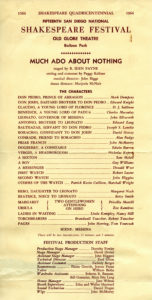

![[May 6, 1964] The Predicament: <i>Transit</i> by Edmund Cooper](http://galacticjourney.org/wordpress/wp-content/uploads/2019/05/640506transitamazon-375x372.jpg)






![[March 31, 1964] 7 Faces and 7 Places (The movie, <i>7 Faces of Dr. Lao</i>)](http://galacticjourney.org/wordpress/wp-content/uploads/2019/03/640331a7_Faces_of_Doctor_Lao_.jpg)



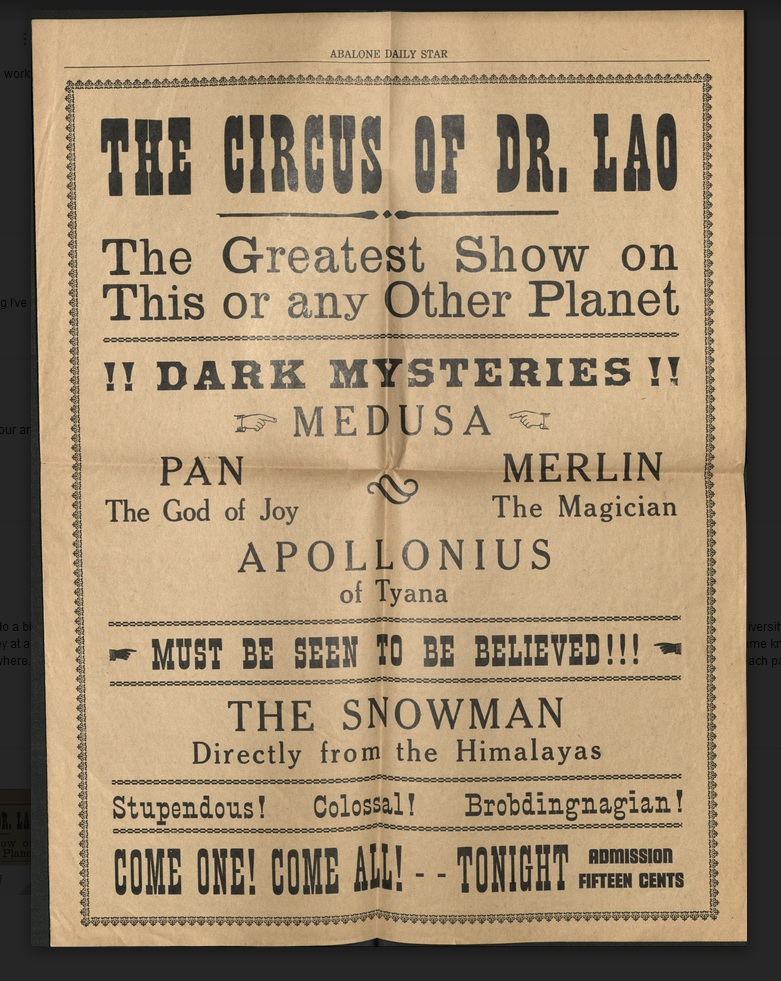



![[February 7, 1964] Journalism and Me (a young woman tries the newspaper biz in the late '50s)](http://galacticjourney.org/wordpress/wp-content/uploads/2019/02/640207chronic1-672x372.jpg)











![[January 6, 1964] JFK & me](http://galacticjourney.org/wordpress/wp-content/uploads/2019/01/640104arelnkennedy-672x372.jpg)
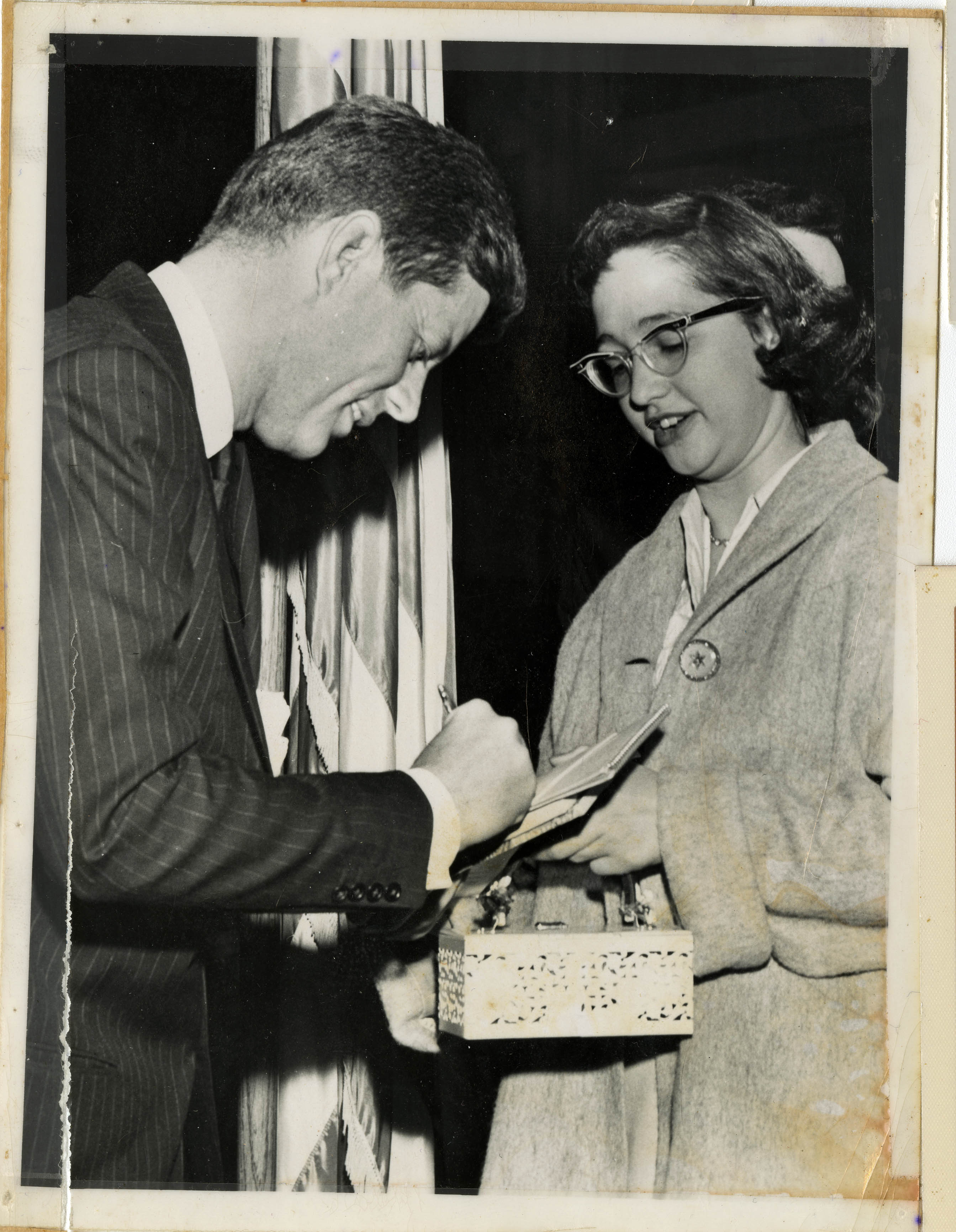



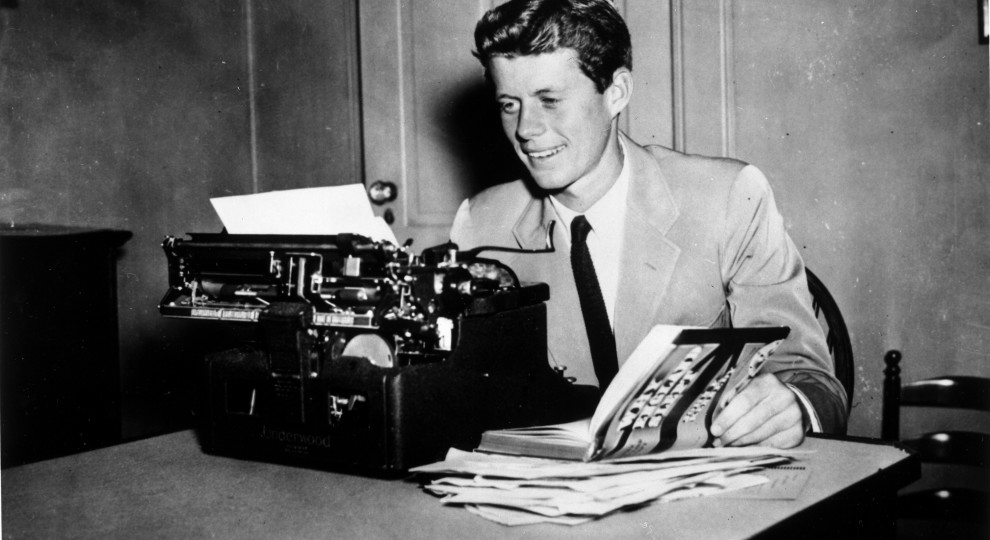

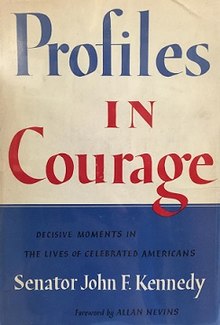

![[December 5, 1963] A Composer After My Own Heart (A theme song for <i>Dr. Who</i>)](http://galacticjourney.org/wordpress/wp-content/uploads/2018/12/631205delia_derbyshire-672x372.jpg)

